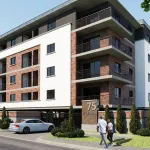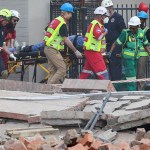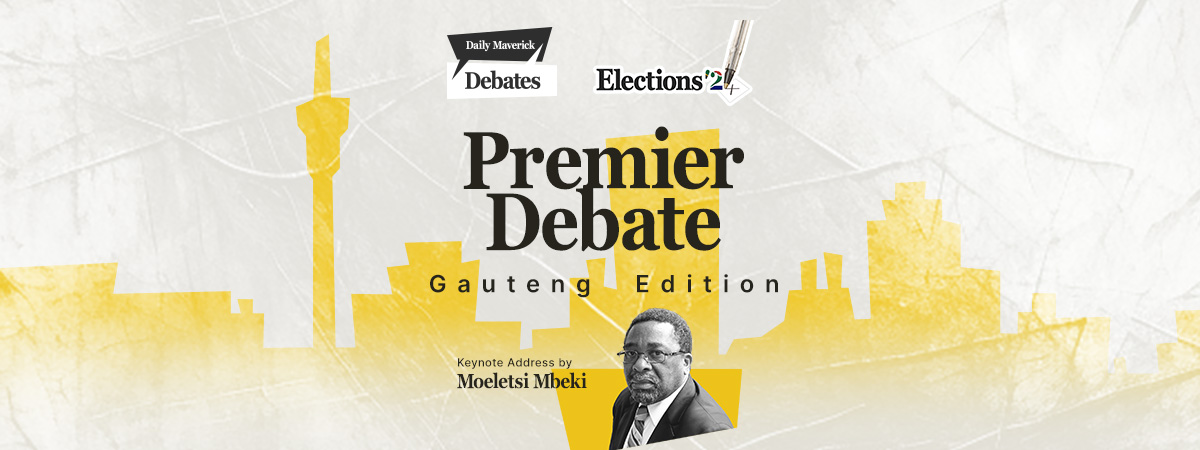Leaving Johannesburg for the vast expanses of the North West on Thursday morning, talk radio bristled with the news that a peace accord had been reached in Marikana. Of course, there was still the little matter of AMCU signing on, but there was some hope that this Marikana thing would finally be getting solved. Jo’burg could go back to its unashamed schizophrenia and Marikana and the ugliness of the mining industry would recede into the margins of polite society.
But in Marikana, the much-trumpeted peace accord between the National Union of Mineworkers and Lonmin management that was said to have “levelled the ground for wage negotiations” and affirmed a “commitment to create a peaceful work environment” was inconsequential. To many, it was entirely unheard of. The only peace settlement they will accept is a substantial salary hike. It’s little wonder then that nothing came of NUM’s optimism that the accord would be signed by both Amcu and other representatives of the workers later on Thursday.
It certainly is a high–stakes game.
For now, the stakes seem higher for Lonmin than it does for the workers. On Thursday, Lonmin reported that attendance across all its shafts was a paltry 1.65% on average. And rumours, the kind that emanate from the corridors of power in Johannesburg, reckon that Lonmin may well be closing down its smelting operations on Friday. And if workers do return to work shortly after Friday, it would still take another three weeks to get the smelting operation up again. It certainly does not bode well for the world’s largest primary platinum producer. Already Lonmin’s share value has suffered. And it may well have to shed a good few thousand jobs if its Marikana operations fall victim to the strike. Yes, Lonmin, its operations and interests are endangered by the strike, but focusing on their losses, the various effects of the strike on their bottom-line, misses the whole point of the strike – what it is workers want.
Every day since its operations in Marikana opened, Lonmin has got what it wants. Lonmin gets what it wants all the time. And if normalcy returns to Marikana before the end of September, Lonmin will go back to getting what it wants.
But what about these people, “Lonmin workers” as we’ve come to know them – people who, even in their protest against their employers, have no other public identity except through their employer? Why is it that what they want is so unrealistic? To deny that these people are entitled to shout, scream, dance and march in protest, is to deny that they, as adult human beings, hold the capacity to make choices for themselves.
And there we were, marooned in the mud and hail between the sites of the killings and the Wonderkop settlement. To the left, a scene of violence, just three weeks old and to the right, in the little cubes of zinc popping out of the Earth, another scene of violence – one much older, far more entrenched and too deeply embedded into the convenience of the status quo to make the news for longer than a few weeks at a time.
Yes, it is an indictment on the focus of the media that it took death, blood, guts and gore to bring us there, to search out the elusive voices, to acknowledge that the living conditions of mine workers in this country are abysmal. Sure, things are not quite as bad as they were in the 1980s, but they are far from that lauded ideal of “decency” that lies beneath the daily political spectacle.
Journalists eventually extricated themselves from the grey sludge. With mic in hand, before a camera placed strategically opposite from the informal settlement, muddied, harried, dirtied, we soon readied ourselves to regale the world with the latest from Marikana. But for the mineworkers who must daily negotiate the hazards of those dirt roads – to get to work, to go to school, or to take a piss on the granite koppies – that mud is the bane of their existence. And trying to walk through it, trying to just lift one leg and then the other to gather a stride to take you out of there, is like carrying a load of bricks – it feels impossible to move. And for some, maybe it is. DM
Read more:
- The murder fields of Marikana. The cold murder fields of Marikana. Daily Maverick.
















